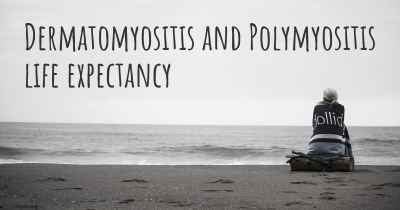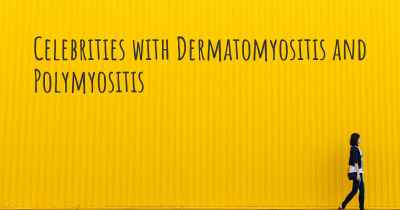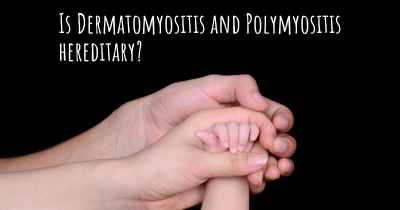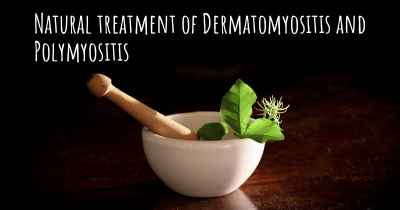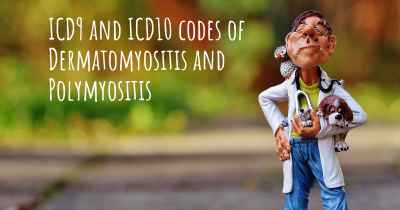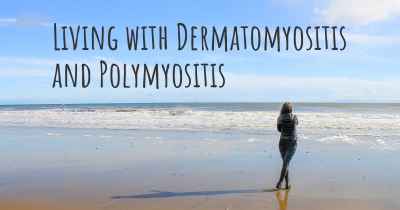Dermatomyositis and Polymyositis diet. Is there a diet which improves the quality of life of people with Dermatomyositis and Polymyositis?
Are you aware of a diet that can improve the quality of life of people with Dermatomyositis and Polymyositis? Is there a diet that is suggested to avoid when having Dermatomyositis and Polymyositis? See if there is a diet that can improve the quality of life of people with Dermatomyositis and Polymyositis, recommended and to avoid food when having Dermatomyositis and Polymyositis

Dermatomyositis and Polymyositis Diet: Improving Quality of Life
Dermatomyositis and polymyositis are chronic autoimmune diseases that affect the muscles and skin. While there is no specific diet that can cure these conditions, adopting a healthy and balanced diet can help improve the quality of life for individuals with dermatomyositis and polymyositis. A well-planned diet can support overall health, manage symptoms, and enhance the effectiveness of medical treatments.
Key Nutrients for Dermatomyositis and Polymyositis
When considering a diet for dermatomyositis and polymyositis, it is important to focus on key nutrients that can support muscle health, reduce inflammation, and boost the immune system. Here are some essential nutrients to include:
- Protein: Adequate protein intake is crucial for muscle repair and maintenance. Include lean sources of protein such as poultry, fish, legumes, and tofu in your diet.
- Omega-3 Fatty Acids: Found in fatty fish (salmon, mackerel), walnuts, flaxseeds, and chia seeds, omega-3 fatty acids have anti-inflammatory properties that can help reduce muscle inflammation.
- Antioxidants: Colorful fruits and vegetables like berries, spinach, kale, and bell peppers are rich in antioxidants. These compounds can help protect cells from damage caused by inflammation.
- Vitamin D: Adequate vitamin D levels are important for muscle function and immune health. Include sources like fatty fish, fortified dairy products, and sunlight exposure (with caution) to maintain optimal levels.
- Calcium: Calcium is essential for maintaining strong bones and muscle function. Incorporate dairy products, leafy greens, and fortified plant-based milk alternatives into your diet.
- Whole Grains: Choose whole grains like brown rice, quinoa, and whole wheat bread over refined grains. They provide essential nutrients and have a lower glycemic index, which can help manage blood sugar levels.
General Dietary Guidelines
In addition to focusing on specific nutrients, following these general dietary guidelines can further enhance the quality of life for individuals with dermatomyositis and polymyositis:
- Hydration: Drink plenty of water throughout the day to stay hydrated and support overall health.
- Portion Control: Maintain a healthy weight by practicing portion control and avoiding excessive calorie intake.
- Limit Processed Foods: Minimize the consumption of processed foods, as they often contain unhealthy fats, added sugars, and preservatives that can contribute to inflammation.
- Manage Medications: Some medications used to treat dermatomyositis and polymyositis may have specific dietary considerations. Consult with your healthcare provider or a registered dietitian to understand any potential interactions or restrictions.
- Food Sensitivities: Pay attention to any food sensitivities or allergies you may have, as they can exacerbate symptoms. Keep a food diary to identify any potential triggers.
- Collaborate with a Dietitian: Working with a registered dietitian who specializes in autoimmune conditions can provide personalized guidance and support in developing a diet plan tailored to your specific needs.
Conclusion
While there is no specific diet that can cure dermatomyositis and polymyositis, adopting a well-balanced diet rich in essential nutrients can help improve the quality of life for individuals with these conditions. Prioritizing protein, omega-3 fatty acids, antioxidants, vitamin D, calcium, and whole grains can support muscle health, reduce inflammation, and boost the immune system. Additionally, following general dietary guidelines such as staying hydrated, practicing portion control, and limiting processed foods can further enhance overall well-being. Remember to consult with healthcare professionals, including registered dietitians, to ensure your diet aligns with your specific needs and medical treatments.
1. Avoid junk food -It may contain bacteria that triggers immune system and attack your muscles.
2. Avoid processed food.
3. Lower sugar intake.
4. Make sure of eating clean food or at clean restaurants.
Posted Oct 21, 2020 by Omneya Ashraf 1380
Posted Mar 22, 2017 by Natalia 1070
Posted Sep 29, 2017 by Gislaine 1100
